July 12, 2024
Inclusive education: Strategies for implementation in schools
Inclusive education is more than just a teaching method; it is a way of thinking that values the unique differences every child brings to the classroom. This approach ensures that all children, regardless of their physical, intellectual, emotional, or social needs, are given the same opportunities to learn, grow, and thrive in a supportive and shared learning environment.
In this blog, we’ll explain the core principles behind inclusive education and share how at Florence Bilingual School we create an environment where all children feel supported and valued.
Principles of inclusive education
Inclusive education is grounded in core principles that prioritise equity, respect, and collaboration. These principles include:
Equality and non-discrimination: Every student has equal access to educational opportunities, regardless of ability, background, or socio-economic status. Schools actively work to remove barriers to participation.
Full participation: Inclusive education supports all students in engaging fully in classroom activities, extracurriculars, and school life, creating a sense of belonging.
Individualised learning: Recognising and addressing each student’s unique learning needs ensures that everyone can thrive. This might involve differentiated instruction, tailored resources, or adaptive technologies.
Community and collaboration: Inclusive education is a shared responsibility among students, teachers, parents, and the wider community. Collaborative efforts ensure that everyone contributes to creating a welcoming environment for all learners.
“By offering a range of interventions—both big and small—at FBS, we create an environment where every student can thrive academically and socially. Our aim is to empower students to learn alongside their peers and develop the skills they need to appreciate different perspectives, fostering a sense of belonging and mutual respect. This sense of inclusivity extends beyond the classroom and prepares students for life, as diversity is—and must be—considered a strength.” Christopher Moore, Head of Primary and Middle School
The value of inclusive education
Inclusive education offers transformative benefits for students, schools, and communities:
Developing empathy and social skills: Learning alongside peers with diverse experiences and abilities fosters understanding, respect, and communication skills.
Stronger academic outcomes: Studies show that inclusive classrooms encourage collaboration and innovation, benefiting all learners through varied teaching strategies and peer support.
A sense of belonging: Inclusive schools create an environment where all students feel valued, which is critical for their emotional well-being and self-confidence.
Preparing for the future: Inclusive education equips students with the tools to thrive in a diverse society and workplace, promoting adaptability, teamwork, and creativity.
“At FBS, we strive to ensure each student is fully and actively engaged in their learning process. We achieve this by offering personalised programmes tailored to their specific needs, appropriately utilising a variety of technologies, involving them in group activities for collaborative learning, and providing the necessary socio-emotional support. We also place great importance on creating spaces for listening and dialogue with families, as well as raising awareness within the entire school community – students, teachers, and staff – to maintain a high level of attention to others. Finally, we adopt an inclusive evaluation system to better represent students’ progress, consistently providing constructive feedback.” Chiara Tucci, FBS Inclusivity Coordinator
Strategies for implementing inclusive education in schools
Creating an inclusive learning environment is a shared effort between schools, teachers, parents, and the wider community. For parents, understanding the strategies schools use to foster inclusivity can help strengthen partnerships and create a positive educational experience for every child. Here are some of the most effective approaches schools implement to ensure all pupils thrive:
Equipping teachers with the right tools: Schools provide ongoing professional development to teachers, ensuring they have the skills to support diverse learning needs. This includes training in differentiated instruction—adapting lessons to suit various abilities—and creating a classroom culture that embraces and celebrates differences.
Adapting curricula for all learners: Flexible curricula are key to inclusive education. Schools design lessons and assessments that cater to different learning styles, making sure every child can participate and succeed. For example, teachers may use visual aids, interactive tools, or hands-on activities to engage all pupils.
Encouraging teamwork among teachers: Collaborative teaching models bring together classroom teachers and specialist staff to support pupils with additional needs. This teamwork ensures that children benefit from the expertise of multiple educators, all working together to provide tailored support.
Focusing on social and emotional well-being: Socio-emotional learning programmes are a vital part of inclusive education. These programmes teach children skills such as resilience, empathy, and communication, helping them build strong relationships with their peers and navigate challenges confidently. Parents can often see the benefits of these programmes reflected in their child’s increased self-confidence and ability to express emotions.
Involving parents and the community: Parents play a crucial role in supporting inclusive education. Schools actively engage families through workshops, open communication, and collaborative events that encourage shared understanding. Community organisations may also offer resources or programmes to enhance the inclusive learning experience.
Constant improvement through feedback: Inclusive education is an ongoing journey. Schools regularly seek feedback from parents, pupils, and teachers to evaluate what’s working and where improvements can be made. This collaborative approach ensures that every child’s needs are met and adjustments are made to keep inclusivity at the heart of the school’s mission.
By understanding these strategies, parents can feel confident that their child’s school is committed to creating an environment where every pupil, regardless of their abilities or background, can thrive. Parents are encouraged to engage with their child’s school to stay informed, offer feedback, and be active participants in this shared journey towards inclusion.
Conclusion
Inclusive education is a powerful approach that transforms schools into communities where every student feels valued and empowered. By embracing diversity, schools prepare students not only for academic success but also for life in a multicultural, interconnected world.
At Florence Bilingual School, we take pride in fostering a school culture where everyone is valued, respected, and empowered to reach their full potential.


